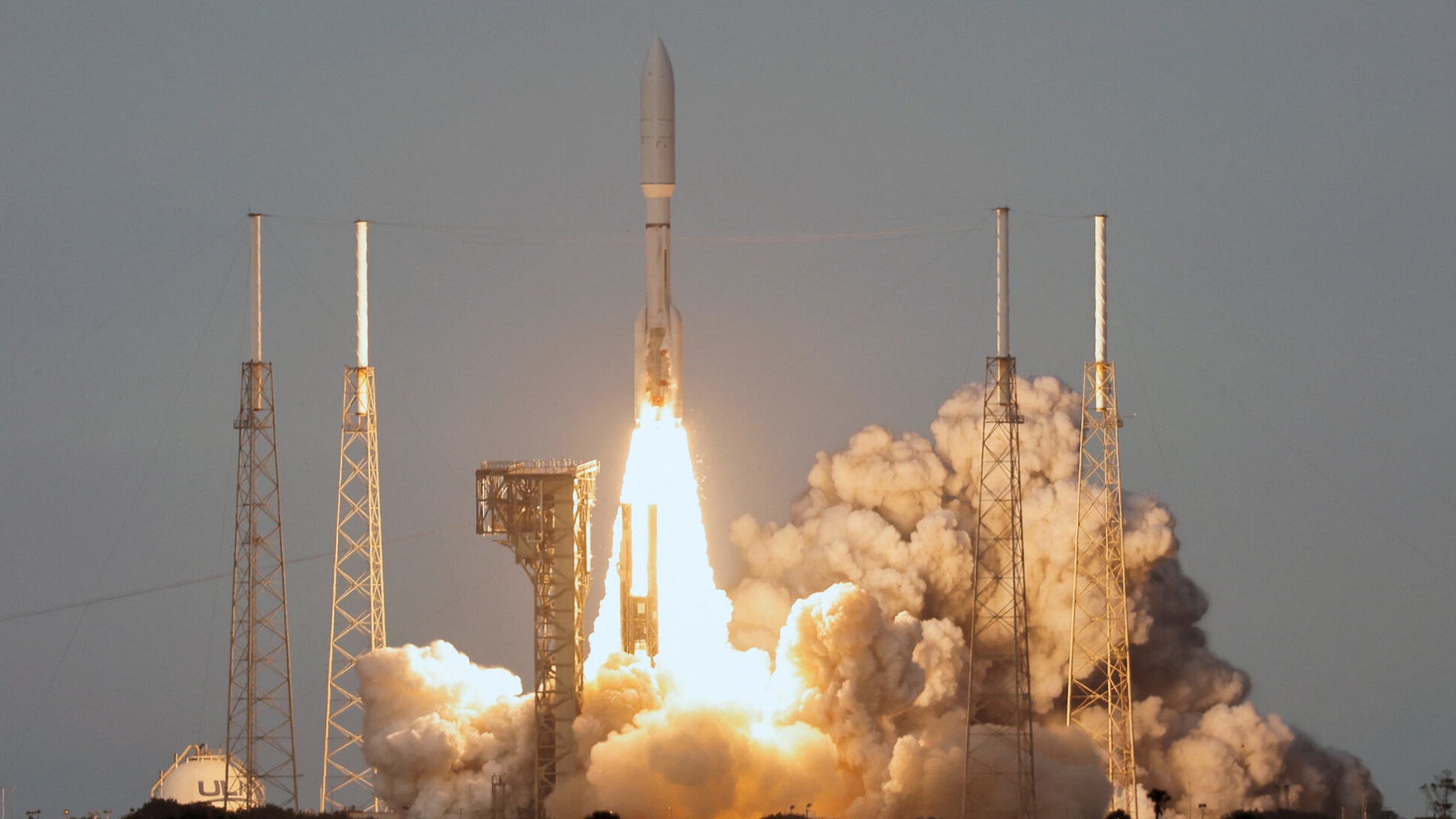“Project Kuiper Satellites: Amazon enters the satellite internet market with 27 satellites launched.” The launch, which happened Monday night, signaled the start of an exciting new era in space communication. The Atlas V rocket took off from Cape Canaveral and sent the satellites into orbit. They will soon be utilized to provide underserved areas of the world with high-speed internet.
What is Project Kuiper?
Project Kuiper, an ambitious initiative by Amazon, intends to build a global satellite network that would deliver stable, fast internet to remote areas. Placing a constellation of over 3,200 satellites in low Earth orbit (LEO) is the project’s ultimate objective. In addition to competing with SpaceX’s Starlink service, which now has hundreds of satellites in orbit, Kuiper will enhance Amazon Web Services (AWS) and offer internet connectivity to sectors including satellite photography and energy.
The Launch: Atlas V Rocket and Amazon’s First Step
The Atlas V rocket launched from Cape Canaveral Space Force Station, with the spacecraft carrying the 27 Kuiper satellites to orbit. After deployment, the satellites will gradually raise their orbits to about 393 miles above Earth. This is just the first step for Amazon in establishing a fully functional internet service that will rival Starlink’s existing network.
Amazon plans to continue launching more satellites in the coming years. The company has secured several future launches, including three SpaceX Falcon 9 launches in 2025, underscoring the competitive nature of the satellite internet industry.
The Significance of Kuiper: A New Era in Satellite Internet
With millions of consumers already served by Starlink, Amazon’s debut in the market is eagerly awaited. Project Kuiper, however, is intended to provide more than just individual customer service. Amazon intends to provide businesses with solutions through its integration with AWS, particularly in sectors like weather forecasting and remote site management that depend on massive data transfers and satellite connections.
What Will Happen to Kuiper Next?
Amazon is facing the difficulty of providing worldwide coverage with several rocket launches as it continues to install additional satellites. It intends to significantly increase the number of satellites, although if just 578 are needed for initial operation. Amazon wants half of its constellation of satellites in orbit by 2026.
But infrastructure is equally as important as satellites in the race to space. In order to guarantee dependable connectivity between users and satellites, ground stations will be essential. As the project progresses, this major obstacle will need to be overcome.
Source: The New York Times
